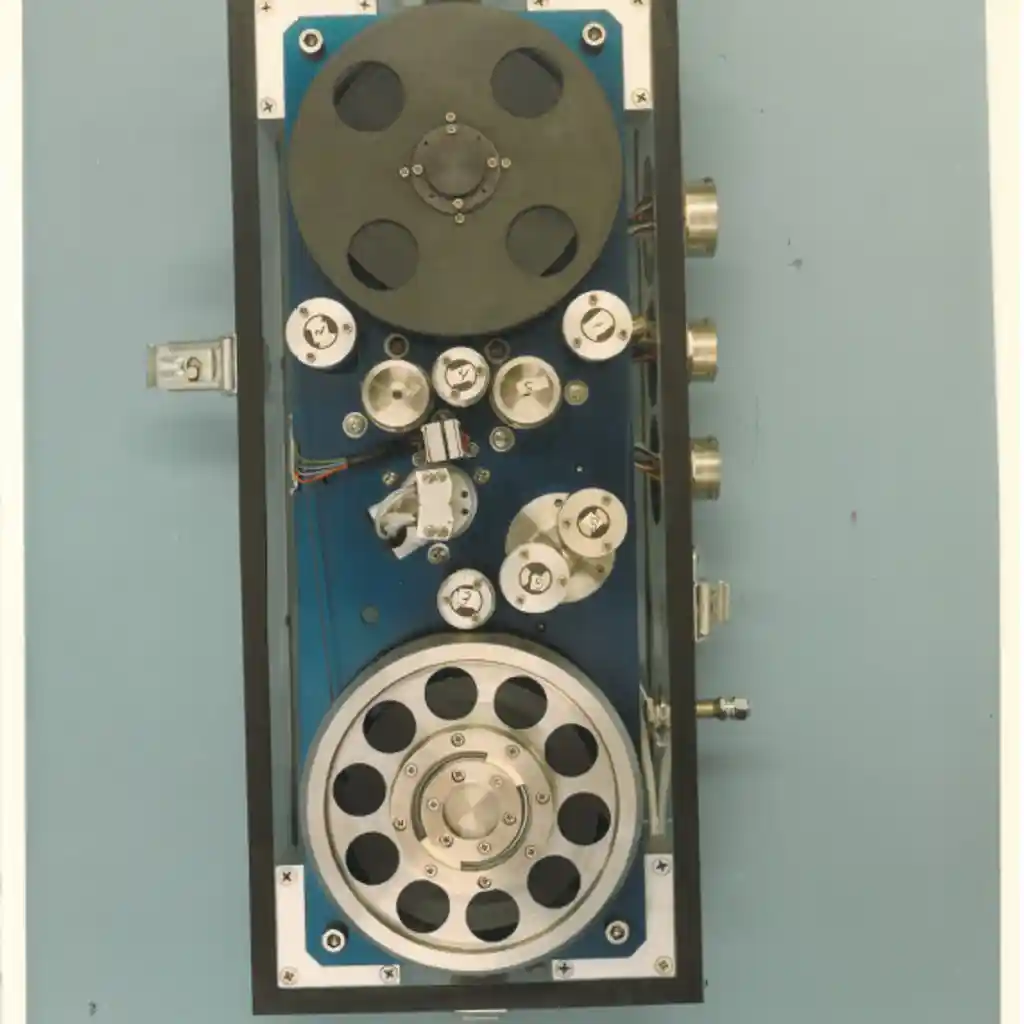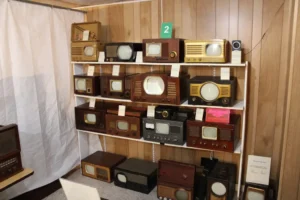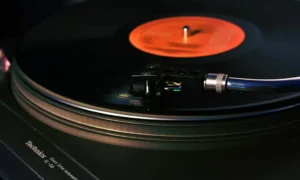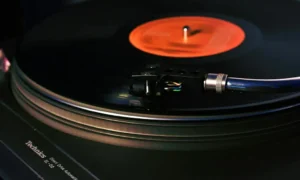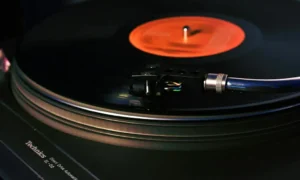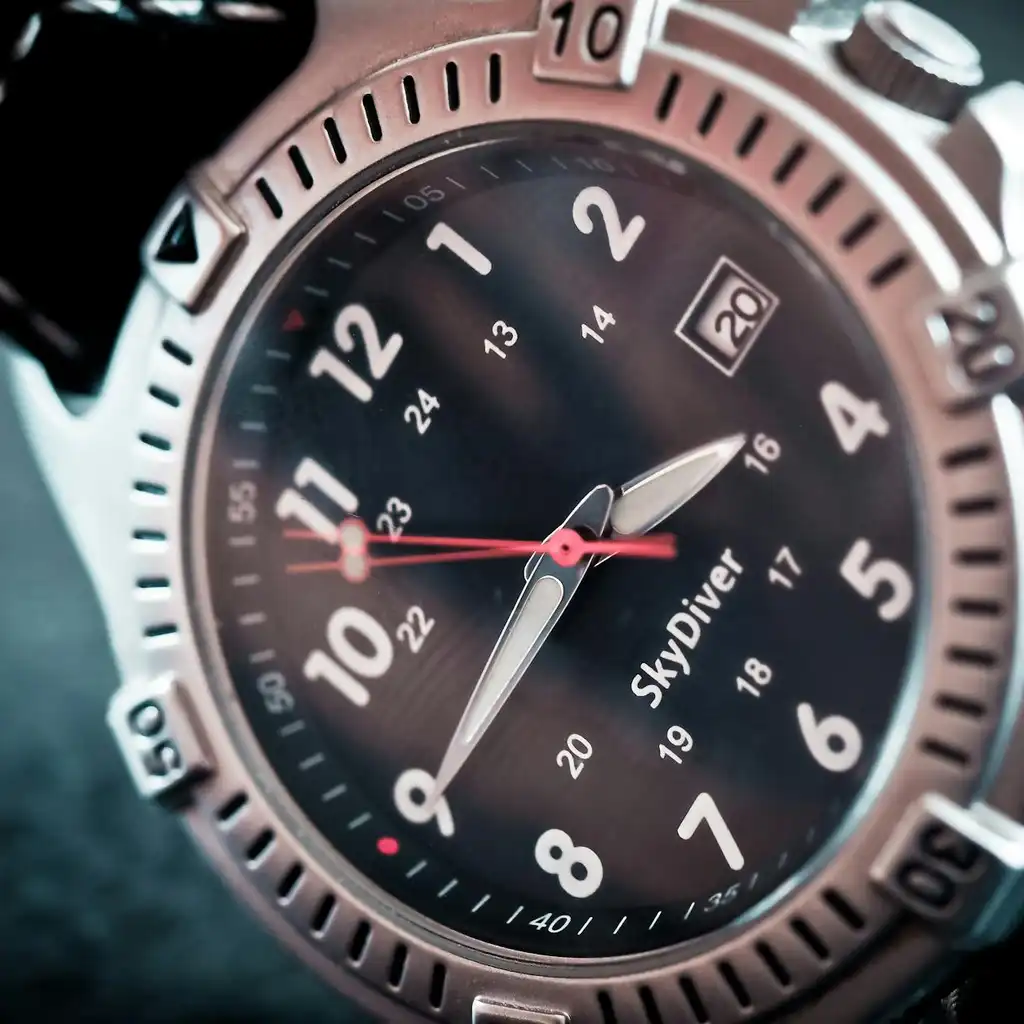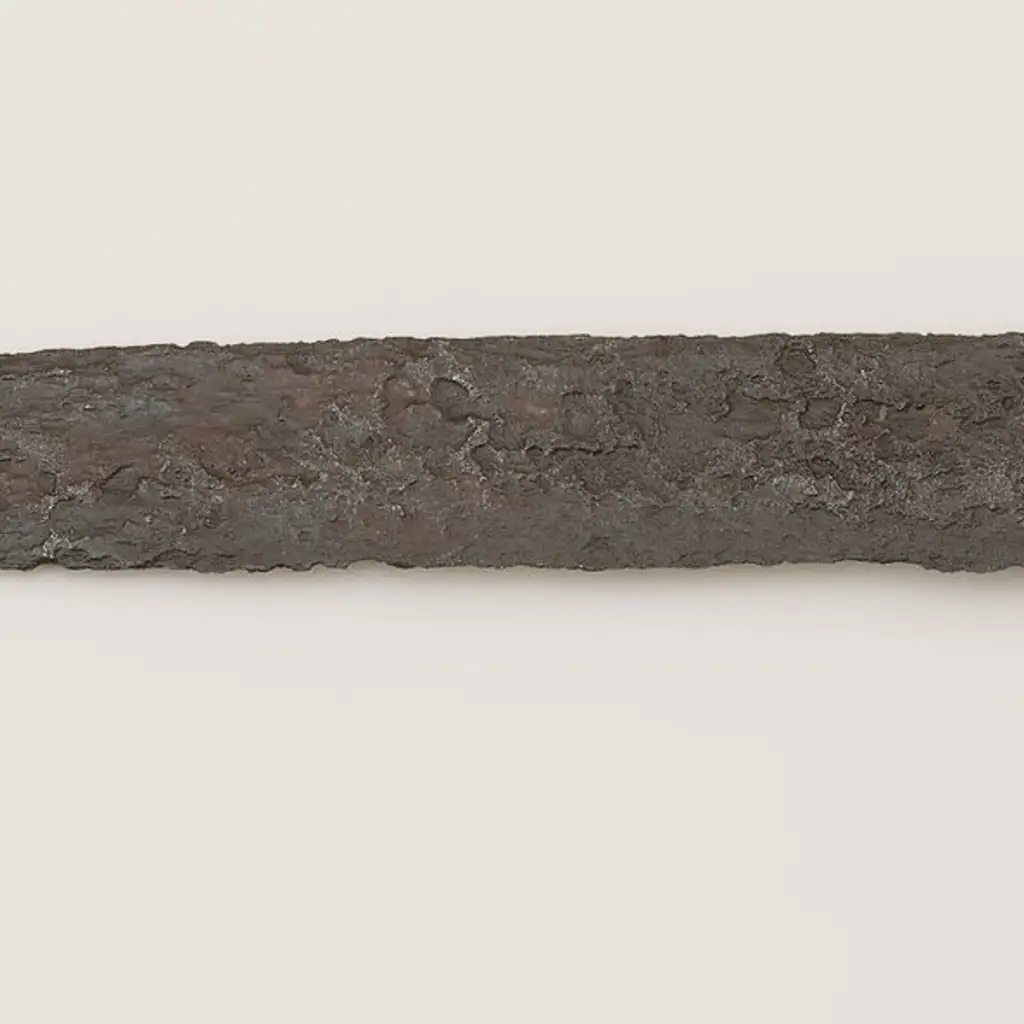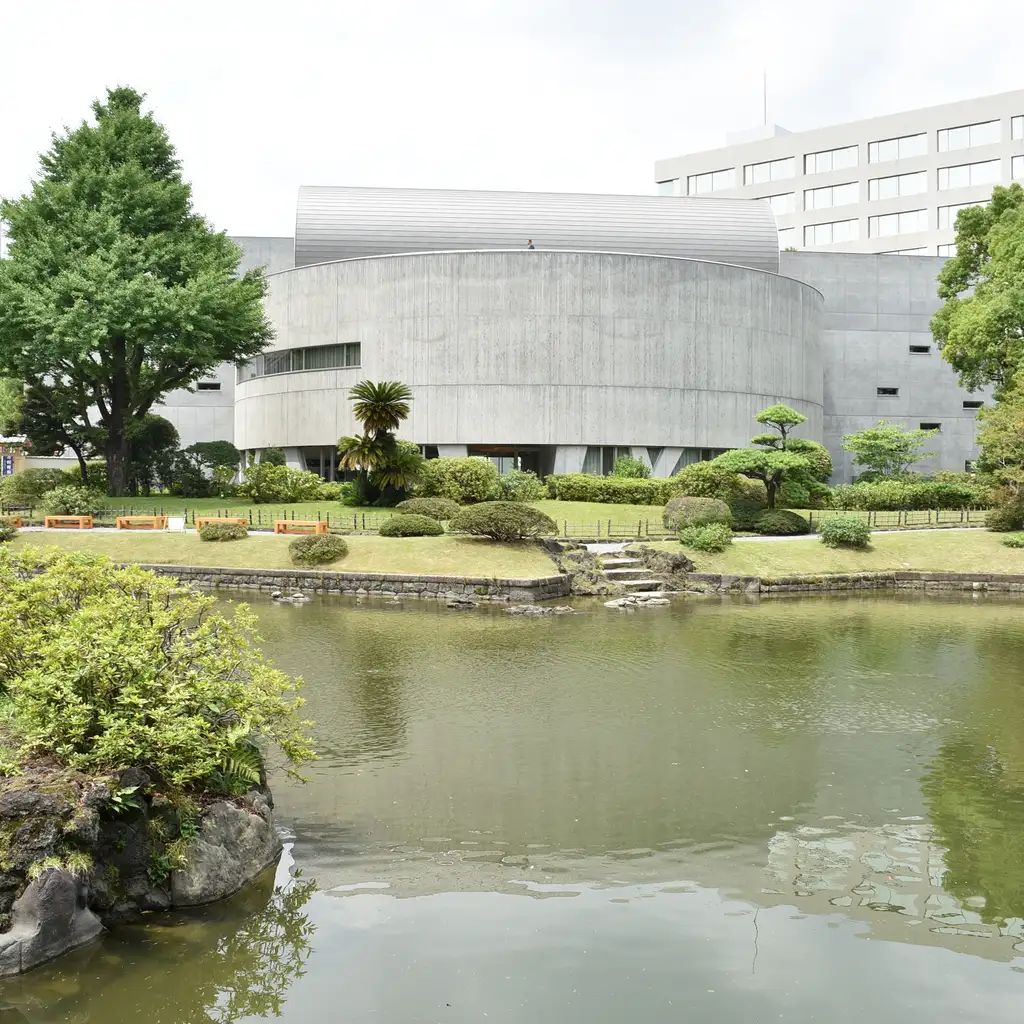Nearly four decades after their launch, the Voyager 1 and Voyager 2 spacecraft continue to defy the odds, operating billions of miles away from Earth. Launched in 1977, these probes embarked on a mission to explore the outer planets of our solar system, capturing stunning images and valuable scientific data. Today, 39 years and 12.47 billion miles later, they remain active, their onboard computers still communicating with Earth.
The realization that the oldest active computers might not be on our planet but instead aboard the Voyager spacecraft is a fascinating twist. The computers onboard, predating the 1977 launches, were designed and built for a journey into the unknown. Despite the passage of time and the vast distance from Earth, these machines continue to function, thanks in part to software upgrades and maintenance from afar.
Equipped with a mere 69.63 kilobytes of memory each, the Voyager probes’ computers possess only enough storage to hold an average internet jpeg file today. Their data, recorded on digital 8-track tape machines, is a testament to the technological era from which they originated. Yet, these probes have continued to perform scientific observations at the edge of our solar system, their data transmitted back to Earth and overwriting old observations to make room for new ones.
The Voyager mission’s persistence is a story of innovation and adaptation. Initially, NASA planned to develop custom computers for the Voyager program. However, budget constraints led to the adoption of the Computer Command System (CCS) from the Viking program. This system, along with the Flight Data System (FDS) and the Attitude and Articulation Control System (AACS), coordinates the probes’ operations, ensuring they continue to fulfill their scientific mission.
On Earth, the technology used to receive and process data from the Voyager probes has evolved, moving from desktop computers with 8-inch floppy drives to modern laptops. This evolution highlights the contrast between the rapid obsolescence of consumer technology and the enduring nature of the Voyager computers.
As we integrate computers into every aspect of our lives, from lightbulbs to toothbrushes, the Voyager probes serve as a reminder of the durability and resilience required for space exploration. These machines, operating far beyond their expected lifespans, symbolize human ingenuity and our quest to explore the unknown. Their continued operation not only provides invaluable scientific data but also challenges our perceptions of technology’s limitations and potential.
